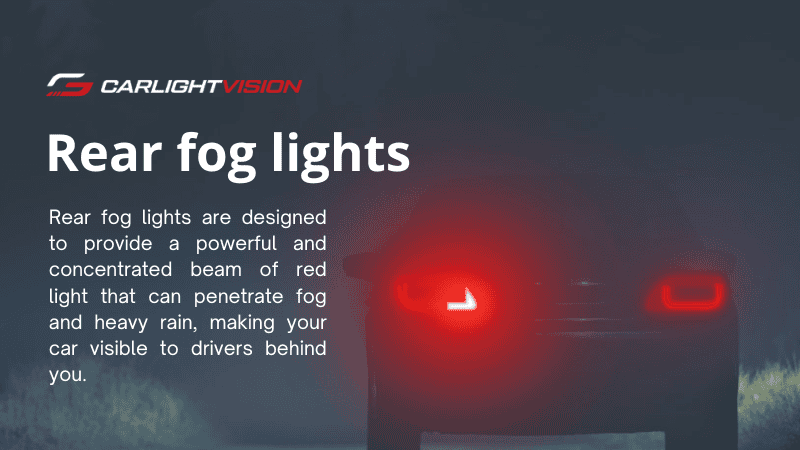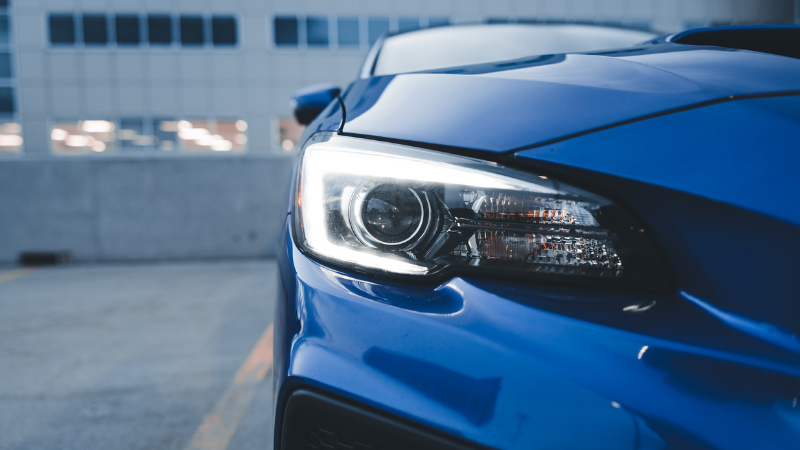Have you ever wondered why extra lights are on the back of some vehicles in foggy conditions? Rear fog lights are usually uncommon in some countries, so you may not have seen them before. So, what exactly do these lights do, and how should you use them correctly?
In this guide, we will cover everything you need to know about rear fog lights. We bet if you keep reading, you will realize that these lights are more important than they seem.
What Are Rear Fog Lights?

Rear fog lights are designed to provide a powerful and concentrated beam of red light that can penetrate fog and heavy rain, making your car visible to drivers behind you. These lights play an important role in keeping you safe during bad weather conditions. They reveal your car’s position when visibility is low, including conditions like fog, snow, and heavy rain.
Unlike regular taillights, which are relatively dim and may not be easily seen in poor weather conditions, rear fog lights emit a bright red light that is similar in brightness to your brake lights. This enhanced visibility is essential for preventing collisions and ensuring that other drivers can accurately gauge the position of your vehicle.
Now, you may wonder how to differentiate between rear fog lights and brake lights.
One key difference is their intended purpose and usage. Brake lights illuminate when you press the brake pedal to illuminate the brake light and signal that you are slowing down or stopping. However, the driver manually activates the rear fog lights when visibility is particularly poor.
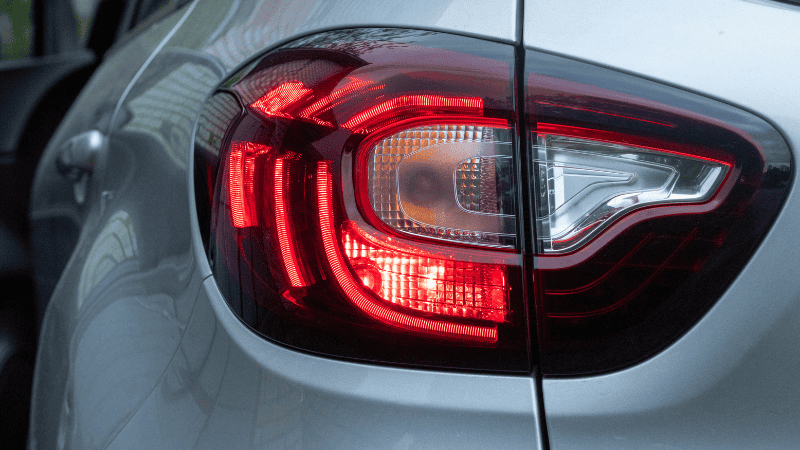
Typically, the rear fog lamp is positioned on the left side of the vehicle to indicate to other drivers the approximate location of your car in the travel lane. In some newer vehicle models, rear fog lights may be installed on both sides to enhance visibility further.
Here, you have to note that rear fog lights are common and mandatory in Europe, whereas they are less prevalent in the United States. However, their importance in maintaining road safety in low-visibility conditions cannot be ignored.
The Science and Critical Role of Rear Foglights
So, why are rear fog lights so important? After all, regular taillights should also be able to do the job, right? Not quite. The science behind rear fog lights is quite simple – they emit a bright, red light specifically designed to pierce through dense fog or heavy rain. This unique beam of light helps drivers behind you see your car clearly, even in the worst weather conditions.
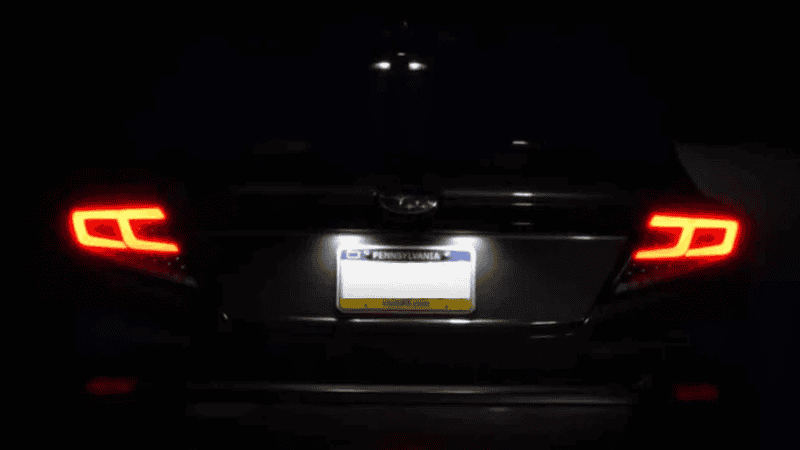
In low visibility situations, such as thick fog, regular taillights are often not enough to catch the attention of drivers behind you. This creates a dangerous situation where other vehicles may not see you until it’s too late, potentially leading to a rear-end collision. Rear fog lights can help prevent this by providing an additional layer of visibility and alerting drivers to your presence on the road.
Moreover, in modern cars with LED taillights and bright brake lights, it can be challenging to differentiate between them and regular taillights. In such cases, rear fog lights are even more critical as they stand out due to their unique red color and concentrated light beam.
So, we can say that you need to add fog lights to your vehicle so you can drive safely.
Benefits of Using Rear Fog Lights
Expert drivers understand that safety is important, especially in adverse weather conditions, and rear fog lights are vital to a vehicle’s lighting system. With that said, here are the top benefits of using rear fog lights.
1. Enhanced Visibility During Bad Weather
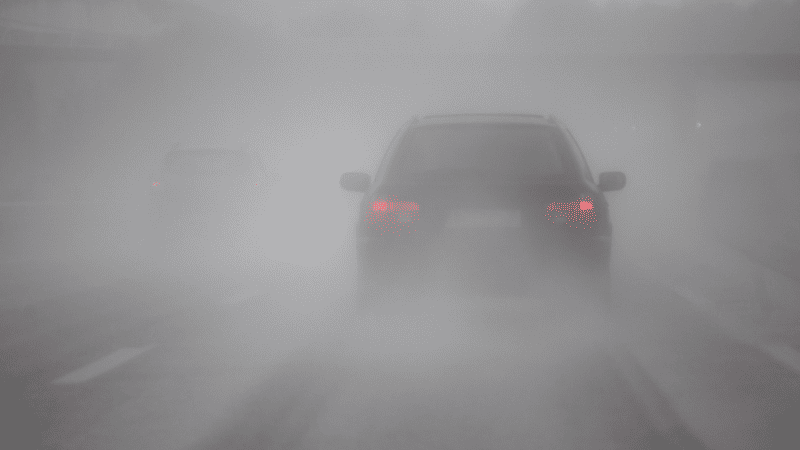
The biggest benefit of rear fog lights is their ability to enhance visibility in poor weather conditions. Whether you are driving in dense fog, heavy rain, or snow, these lights emit a bright and concentrated red beam that penetrates through thick atmospheric obstacles.
This ensures that drivers behind you can see your vehicle, thus reducing the risk of rear-end collisions. The bright light cuts through the visual clutter, making your car’s position unmistakable.
2. Improved Road Safety
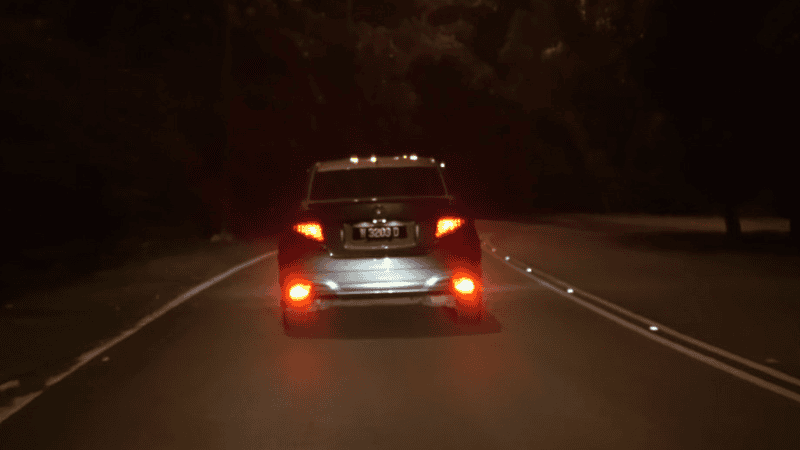
Rear fog lights contribute to overall road safety by alerting other drivers to your presence. This is especially important on busy highways and rural roads where visibility can rapidly change due to weather fluctuations. When your vehicle is visible, you help other drivers maintain a safe distance from you. As a result, it will improve your overall road safety.
Also, if you have to suddenly stop in poor weather, then these lights provide a more immediate and noticeable signal to drivers behind you compared to regular taillights.
3. Reduced Risk of Rear-End Collisions
One of the major reasons for rear-end collisions in poor weather conditions is the lack of visibility. Without rear fog lights, drivers behind you may struggle in bad weather to see your vehicle.
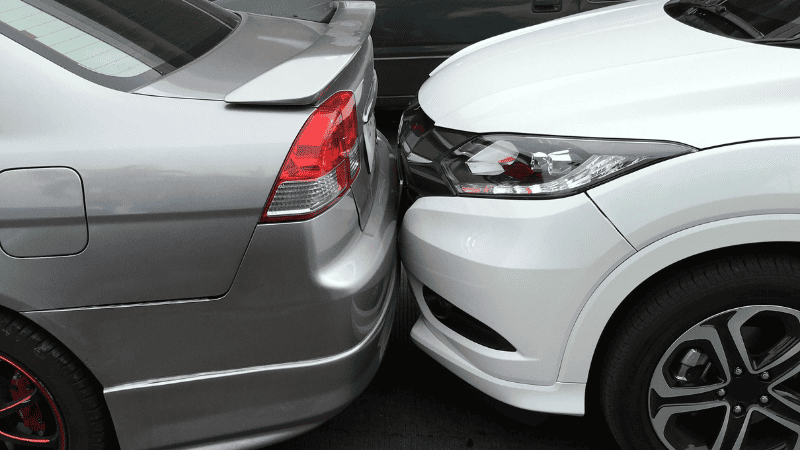
This lack of visibility dramatically increases the risk of accidents, as drivers might not have enough time to slow down or change lanes to avoid a collision. When you use rear fog lights, you ensure that your vehicle remains visible to others, allowing them to maintain a safe following distance.
4. Legal Compliance in Many Regions
In several countries, particularly in Europe, rear fog lights are mandatory. Legislations in these areas often require vehicles to be equipped with rear fog lights to ensure road safety during adverse weather conditions.
Failing to use rear fog lights in these regions can result in fines or other penalties. Therefore, being aware of and compliant with local regulations is important for avoiding legal troubles. Beyond just avoiding penalties, using these lights as mandated demonstrates responsible driving and a commitment to personal and public safety.
Types of Rear Fog Lights
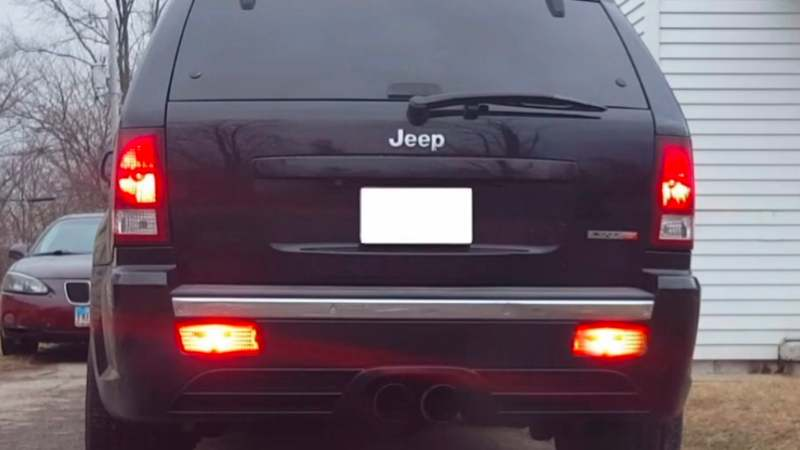
Here are the three main types of rear fog lights:
1. Xenon Rear Fog Lights
Xenon rear fog lights, also known as High-Intensity Discharge (HID) lights, use Xenon gas to produce a bright and clear light. These types of rear fog lights are known for their exceptional brightness and superior performance in low-visibility conditions.
Xenon lights generally have a longer lifespan compared to traditional halogen lights and provide a more intense light that can cut through dense fog and heavy rain.
2. Halogen Rear Fog Lights
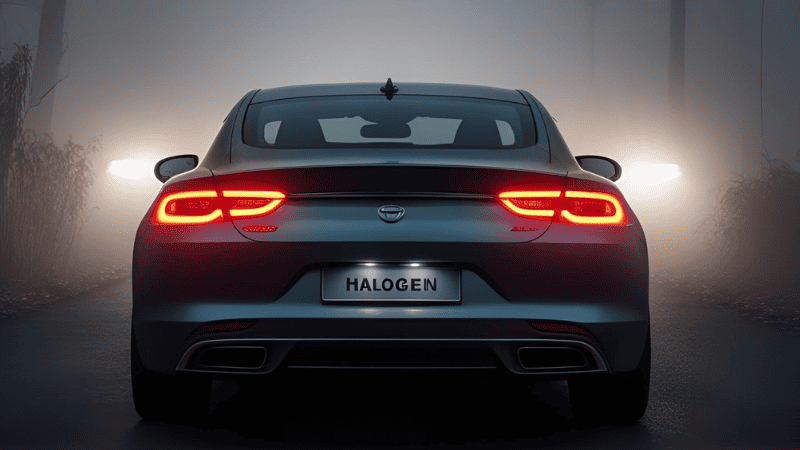
Halogen rear fog lights are among the most commonly used types. These lights use a halogen gas combined with a tungsten filament to produce light. Halogen lights are more affordable than xenon or LED lights and are relatively easy to replace.
Although they might not be as bright as xenon or LED lights, they effectively enhance visibility during poor weather conditions. Another downside is that halogen lights have shorter lifespans and consume more energy.
3. LED Rear Fog Lights
LED (Light Emitting Diode) rear fog lights are becoming increasingly popular due to their numerous advantages. These lights are highly energy-efficient and offer a much longer lifespan than both xenon and halogen lights.
LED rear fog lights emit a bright, concentrated beam that is excellent at penetrating through fog, rain, and snow. Moreover, they turn on instantly when you press the fog light switch, ensuring you are immediately seen. LED lights may cost more initially, but they last longer and use less energy, saving you money over time.
How to Choose the Right Rear Fog Lights for Your Vehicle

The following are the helpful tips you need to choose the right rear fog lights for your vehicle:
1. Brightness and Coverage
Just like headlights, your fog lights should be powerful enough to penetrate through thick fog, heavy rain, or snow. Avoid dim lights that only offer minimal visibility because they will pose security risks. Always check the lumen rating of the lights; the higher the lumen, the brighter the light. Additionally, ensure the lights provide broad coverage to make your vehicle visible from a distance.
2. Energy Efficiency
Rear fog lights should be energy-efficient, so they do not drain your vehicle’s battery quickly. LED rear fog lights are the best choice in this category. They consume less power compared to halogen and Xenon lights, yet they offer superior brightness. But if you want to go for Xenon or halogen lights, it’s up to you.
3. Durability and Lifespan
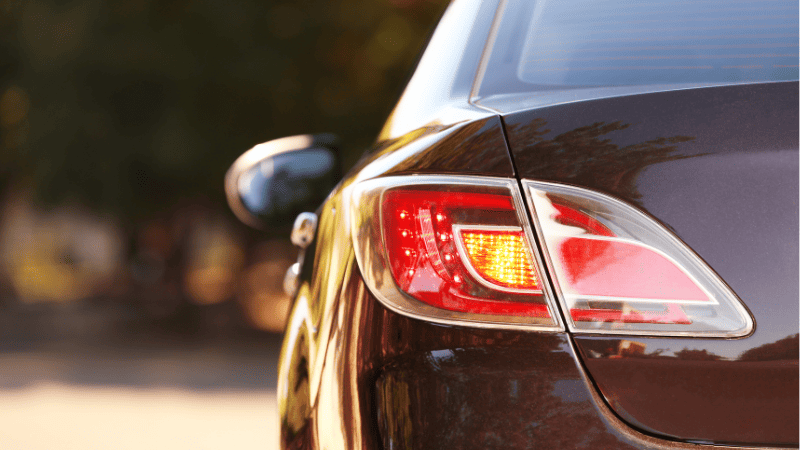
Do not compromise on the durability and lifespan of your rear fog lights. Choose lights that are built to withstand tough weather conditions and rough roads. LED and Xenon lights generally have a longer lifespan than halogen lights. Ensure the lights are made from high-quality materials and resistant to water and dust to avoid frequent replacements.
4. Manufacturer and Supplier Reliability
One of the most important factors is choosing a reliable manufacturer or supplier. Not all brands offer quality products. Research and select a manufacturer, like Carlightvision, known for its high standards and trustworthy reviews. A dependable manufacturer will provide a warranty, ensuring peace of mind and product longevity.
5. Ease of Installation
Complicated installations can lead to incorrect positioning, reducing the effectiveness of your fog lights. Choose rear fog lights that are easy to install, preferably with a plug-and-play design. This ensures that the lights are correctly fitted, providing optimal brightness and ensuring your vehicle is seen by other drivers.
Misunderstanding and Misuse of Rear Fog Lights
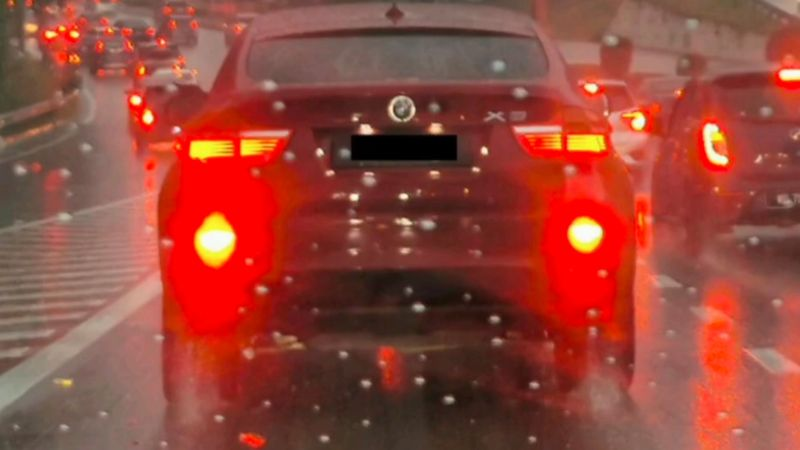
While misunderstandings and misuse of rear fog lights are surprisingly common, you must learn the proper use and etiquette of these lights. Here are some things to keep in mind:
- Regulation Differences: Rear fog lights are not as commonly mandated in the U.S. as in European countries, leading to confusion and misuse.
- Misidentification: Due to their brightness, rear fog lights are often mistaken for brake lights, causing potential hazards, especially in clear conditions.
- Proper Usage: Rear fog lights are solely intended to increase vehicle visibility in low-visibility conditions. They are not to be used as a substitute for brake lights or in clear weather.
- Selective Use: Despite their enhanced visibility in poor conditions, rear fog lights should not be activated in clear weather to avoid blinding other motorists.
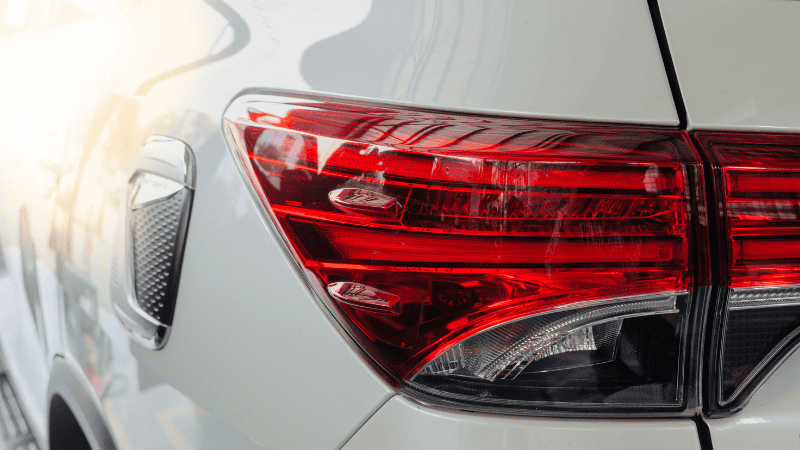
- Choice Between Single and Dual Lights: European cars may come with dual rear fog lights, while most U.S. models typically feature a single rear fog light. Both are effective when used appropriately.
- Parking Light Confusion: Rear fog lights should not be used as parking lights. They are designed for visibility in adverse weather, not for indicating a parked vehicle.
- Safety and Compliance: Misusing rear fog lights can lead to dangerous driving conditions and traffic violations. Always adhere to local regulations to ensure safe and correct use.
Legal Considerations and Compliance
In the UK, it is a legal requirement for every car to be fitted with at least one rear fog light. This ensures that vehicles remain visible in poor weather conditions, enhancing road safety. Because of this mandate, all cars in the UK come equipped with at least a single rear fog lamp. However, front fog lights are not a mandatory feature, so they are typically found only in high-end models.
These front fog lights are usually positioned below the headlights and are designed to cut through the fog to illuminate the road closer to the vehicle without causing a glare that could reflect off the fog and reduce visibility.

Since 1998, all new cars in the UK are required to have rear fog lights as standard equipment. This regulation underscores the importance of rear visibility in foggy conditions, providing a warning to the drivers behind the car in front. As a result, it prevents potential rear-end collisions.
Contrastingly, rear fog lights are not as regulated or commonly used in the United States. Different states have individual regulations regarding the requirement and use of rear fog lights, which can lead to confusion among drivers.
While some European-spec vehicles sold in the U.S. come with rear fog lights pre-installed due to their European design, this is not a standard feature in most U.S. versions of these cars. This discrepancy leaves many American drivers unaware of the existence and importance of rear fog lights.
Despite these varied regulations, rear-facing fog lights are legal in the United States. They are standard factory equipment on many European and Asian vehicles, which means that they can be found on numerous vehicles within the U.S. market. However, the lack of uniformity in regulations and the absence of a mandate for rear fog lights mean that their use and recognition are far less pervasive than in European countries.
Conclusion
So, there you have it, an ultimate guide to rear fog lights. Just like any other car feature, proper usage of rear fog lights is essential for ensuring safety on the road. Be it in the U.S. or Europe, you have to understand and follow the regulations regarding rear fog lights to make them effective in low-visibility conditions. We hope this guide has helped you understand everything regarding rear fog lights. Thanks for reading!
Bulk Order High-Quality Rear Fog Lights for Safety & Compliance!
Since 2008, Carlightvision has been dedicated to addressing the global need for top-tier custom automotive lights, offering reliable and affordable wholesale solutions.
Regarding rear fog lights, Carlightvision stands out by providing expertly crafted, high-quality products designed to enhance vehicle visibility in any weather condition. Ensure your road safety and compliance with our expertly designed rear fog lamps, available at unbeatable prices! Contact us today!
